| |
|

|
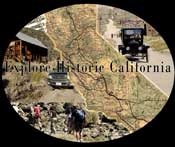
|
CERRO
GORDO UPDATE |
|
 |
|
Cerro Gordo is again
open to day visitors, road and weather conditions
permitting.
Please phone
(760-876-5030) for current conditions before venturing out!
A caretaker is living
on on the site and visitors must check in before venturing
around the ghost town.
No supplies or accommodations are available at Cerro Gordo and
visitors should bring plenty of drinking water and haul out their
own trash. The dirt road from Keeler to Cerro Gordo is a steep,
eight mile ascent. Four wheel drive is not usually required, but
vehicles should have adequate ground clearance.
Phone 760-876-5030 for current
information or contact us through email at:
 |
|
|
New!
Cerro Gordo
A
Ghost Town
Caught Between
Centuries |
|
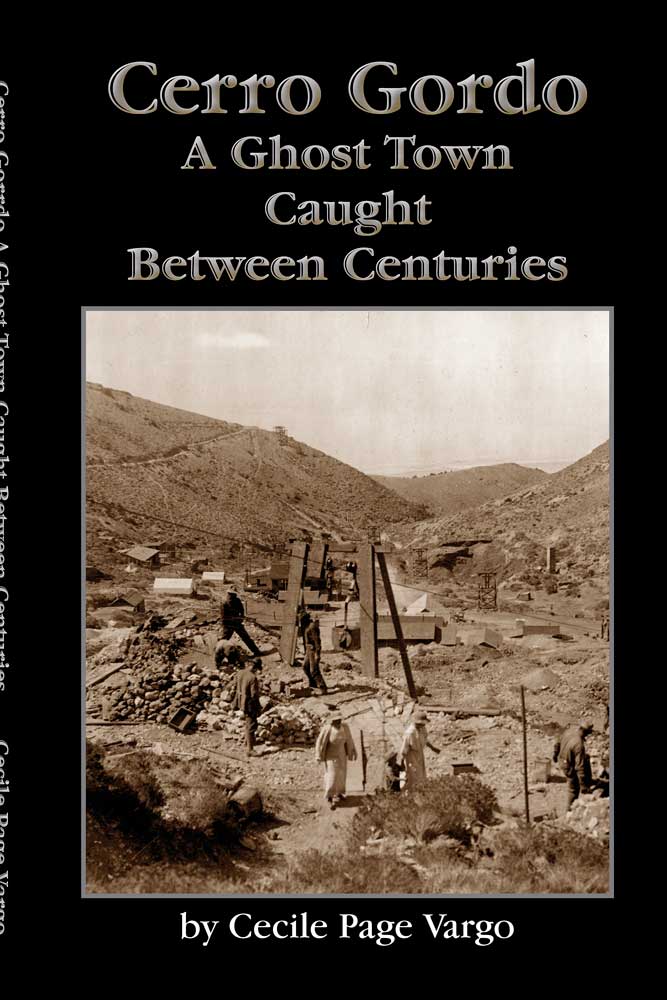 |
|
Cecile
Page Vargo's collection of Cerro Gordo stories, true, farce
and somewhere in between, is being published in a new book,
Cerro Gordo A Ghost Town Caught Between Centuries.
The book
gives glimpses of Cerro Gordo from the silver and lead
mining days through the early twentieth century zinc era to
its modern place as, according to author Phil Varney,
"Southern California's best, true, ghost town." There's even
a possible solution to the location of the fabled "Lost
Gunsight
Mine" that former Cerro Gordo owner Mike Patterson
once suggested.
We are
proud to team with the Historical Society of the Upper
Mojave Desert (HSUMD) in Ridgecrest, Calif., to bring Cerro Gordo
A Ghost Town Caught Between Centuries to print. This is
their first major publishing venture. The book is
available for sale directly from HSUMD or through selected
book sellers.
Contact
HSUMD directly to order:
P.O. Box 2001, Ridgecrest, CA. 93556-2001.
Phone: 760 375-8456
Email: hsumd@ridgenet.net |
|
|
 |
|
 |
|
Mules can
taste the difference--so can you |
|
|
LOGO T Shirts Available
 |
|
Explore Historic California with our logo depicting the
California backcountry and its rich history both true and
farce. |
|
We now offer
shirts, sweats, jerseys and cups with our logo. |
|
Click the shirt for details! |
|
|
|
 |
 |
|
Friends
of Last Chance Canyon is a new organization interested in
sustaining and protecting areas within the El Paso
Mountains, near Ridgecrest, California. The main focus is
preserving and protecting historic sites like Burro
Schmidt's tunnel and the Walt Bickel Camp.
Please click
on either logo to visit the FLCC site. |
|
|
We
support |
|
 |
|
|

Bodie Foundation
"Protecting Bodie's Future by Preserving Its Past |
|
|
 |
|
|
|
Click on Room 8's
photo or phone
951-361-2205
for more information. |
|
|
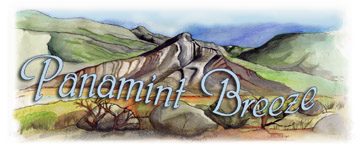 |
|
The Panamint Breeze is a newsletter for people who
love the rough and rugged deserts and mountains of
California and beyond.
Published by Ruth and Emmett Harder, it is for people who
are interested in the history of mining in the western
states; and the people who had the fortitude to withstand
the harsh elements.
It contains stories of the past and the present; stories of
mining towns and the colorful residents who lived in them;
and of present day adventurers.
Subscriptions are $20 per year (published quarterly –
March, June, September & December) Subscriptions outside the
USA are $25 per year. All previous issues are available.
Gift certificates are available also.
To subscribe mail check (made payable to Real Adventure
Publishing) along with name, address, phone number & e-mail
address to: Real Adventure Publishing, 18201 Muriel Avenue,
San Bernardino, CA 92407.
For more information about the
Panamint Breeze e-mail Ruth at: echco@msn.com |
|
|
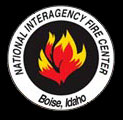 |
|
It's always FIRE
SEASON! Click the NIFC logo above to see what's burning. |
|
|
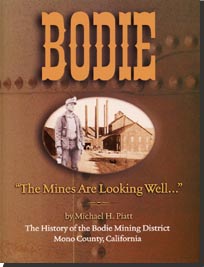 |
|
Visit Michael
Piatt's site,
www.bodiehistory.com, for the truth behind some of
Bodie's myths. |
|
|
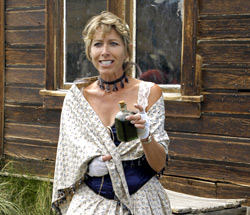 |
|
Terri
Geissinger is a Bodie area Historian, Guide and Chautauquan.
A long time resident who lives in Bodie and Smith Valley,
she is dedicated to preserving stories of the pioneer
families, miners, ranchers and teamsters. Click the photo
for information on her tours with the Bodie Foundation. |
|
|

Credo Quia Absurdum |
|
Explore Historic California! |
|
Not too many years ago, the family station wagon was the
magic carpet to adventure. Today, that family station wagon is likely to
be a four wheel drive sport utility vehicle or pick up truck. SUV's and
other 4x4's are one of the best selling classes of vehicles. Ironically,
industry statistics show that once purchased, few owners will dare to
drive their vehicles off the paved highway.
Click your mouse through
the
website and enjoy our armchair adventures and the histories behind them.
|
|
Red Mountain,
Osdick and Sin City
Where every night
was Saturday night
and Saturday night
was the 4th of July
by Roger Vargo
|
The Rand mining district straddles the boundary between Kern
and San Bernardino counties. Gold was discovered in 1895 and
the district developed around the town of Randsburg. Four
nearly adjacent towns sprang up within 30 years; Randsburg,
Johannesburg, Atolia and Red Mountain. Once home to
thousands of residents during active mining days,
the area’s current population (2010 U. S. Census data) is
241 people.
|
 |
|
Detail from (1896) Perris' Miners Map Of The
Desert Region Of Southern California. The
Rand district is in pink. The towns of Randsburg and
Johannesburg are shown, but Atolia and Red Mountain
were not in existence when the map was made, nor was
the Randsburg Railroad.
(David Rumsey Historical Map Collection)
|
Atolia faded as tungsten prices
declined after WW I and it became cheaper to import
scheelite (tungsten ore) from China than to mine it in
Atolia. Fortunately for the Rand mining area, fate was about
to crack a smile for the third, and last time. In 1918 John
Kelly, the Kern County Sheriff, sent out two experienced
miners, Hamp Williams, Jr. and Jack Nosser to search for
clay samples that could be mined for mineral paint pigment
south of Randsburg.
The two men stopped to rest near a
blue-gray rock outcropping. They were in an area that gold
prospectors had trampled over many times. The Osdick
brothers were subsistence mining gold nearby. The unusual
looking rock caught Williams’ interest and he broke off a
hunk. It turned out to be high grade silver ore. Sheriff
Kelly was notified and Williams and Nosser staked out claims
while Kelly was in Bakersfield recruiting investors who
eventually provided $2,000 in start up capital.
The first load of ore that went to the
Selby Smelting Works in San Francisco, mostly ore scraped
from surface deposits, netted $1,639. The second load was
slightly lower quality but still netted $1,328.98. Ore was
averaging over $100 per ton. The first 20 cars had yielded
returns of $128,552 and the mine had only been in operation
for two months. The California Rand Silver Mine became the
next big thing or the "Big Silver." (Clarke)
 |
|
The
"Big Silver" mine as shown in this June, 1919 photo
from "The Big Silver": California's Greatest
Silver Mine by Dwight L. Clarke wasn't so big,
but all the rock was rich ore. The first load that
went to the smelter in San Francisco netted $1,639.
Shown in the photo is Hamp Williams, (white shirt,
standing near rock pile) one of the discoverers.
(Photo: California Historical Society Quarterly,
Vol. 32, No. 1 , Mar., 1953) |
Charles Moroney, general manager of
California Rand Silver reported the "Big Silver" mine had
"Drifts 104 feet, raises thirty two, and cross cuts 111.
Values across and along the vein for a distance of twenty
feet or more will average about $2.40 in gold and 60 ounces
of silver...The mill has been operating at about 50 percent
capacity during the month on account of shortage of water
due to trouble at Goler wells. Concentrate shipments during
this month to date have averaged a 40-ton car every two
days."
Miners, businessmen, opportunists,
gamblers, women of easy virtue, good for nothings, and
possibly some old time Clampers flooded the area. Two towns
sprang up. Osdick Town, named after Pete Osdick, the gold
miner, was a relatively civilized mining community. Nearby
was "Inn City," so called because the namers couldn’t agree
whether it should be "Sin City", "Never In", or "Gin City".
As the names implied, by whatever it was called, this was
the place to party.
A story in the Los Angeles Times,
December 14, 1922, described Inn City as "...the center of
the night life of the Randsburg mining district and is
reminiscent of the early California border towns." Another
Times story two years later said, "Muscle, games and
merriment were brought to a sudden stop at the famous Monkey
House in the Inn City section of Camp Osdick last night when
pleasure seekers, clerks and game keepers were startled into
silence by the drawn guns of three hold-up men who proceeded
to search everyone present, obtaining about $500 in cash and
some jewelry.
...The Inn City section of Camp Osdick
is made up of pleasure resorts of which the Monkey House is
one of the largest and most active. Investigation of the
robbery will be carried out by the Sheriff of San Bernardino
county."
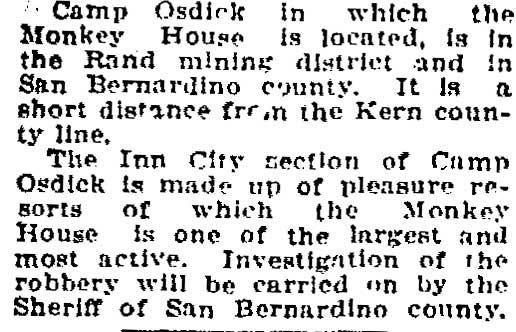 |
|
Exerpt
from Los Angeles Times story, December 14,
1922 describing Osdick and Inn City.
(Los Angeles Times archive via Proquest) |
Osdick and Inn City fought over post
office naming rights in the early 1920’s and misdirected
mail was a constant problem. The Postal Department settled
the matter once and for all in 1929 by calling the post
office Red Mountain.
The Kelly "Big Silver" Mine (head frame
toppled but still visible) was the major silver producer.
Other mines were the Big Four, Silver Kings and Silver
Glance. The Barker Brothers, of Los Angeles furniture fame,
had a mill in the area. Production continued until 1929 when
the price of silver dropped from $1 per ounce to as low as
28 cents. At that time the Big Silver was sold. Total
production is estimated at about $12 million.
The Randsburg Railroad, now owned by
the Santa Fe was still in operation. It provided efficient
transportation not only for supplies, but for Red Mountain’s
second economy, "entertainment".
Red Mountain became well known as a
wide open town where one could get a drink in any place of
business except the post office. Prohibition (1920-1933) had
little effect, as warning came ahead of the raids. The town
had more than 30 active drinking establishments. There were
hotels and gambling establishments serving demon liquor as
well. The recreational needs of not only local miners and
residents were served, but miners from as far away as the
American Potash Company works in Trona managed to travel to
Red Mountain. This was fine with the Trona town fathers as
it not only gave the men somewhere to blow off steam, but
kept the less desirable elements of liquor, gambling and
prostitution out of their back yards.
Week nights the town was lively, but on
Saturday night the place roared. Bands came from Los Angles
to play through the night and out of town crowds arrived to
join in the fun or watch the show. Long after the silver
boom was over, Red Mountain lived on as an old west type
night spot.
The madams were proud of their high
class houses, and the girls were easy on the eyes. Even
outlying areas such as Brown’s Ranch ran a string of girls
in additional to more traditional ranching activities.
With so much liquor, gambling and
women, fisticuffs and gunfights were commonplace. One miner
who previously worked in Nevada and Colorado said he found
Red Mountain "running wide open and wilder than other camps
of more fame. On the other hand, Rand had fewer mine
accidents than most mining camps; but the men injured and
killed in drunken brawls more than made up for it." (Starry)
The Ku Klux Klan (KKK) was active in
the area to protest the saloons and put on free Saturday
night dances in Johannesburg. Guards posted at the door
smelled each arrival’s breath and refused admittance to
anyone with liquor on their breath.
 |
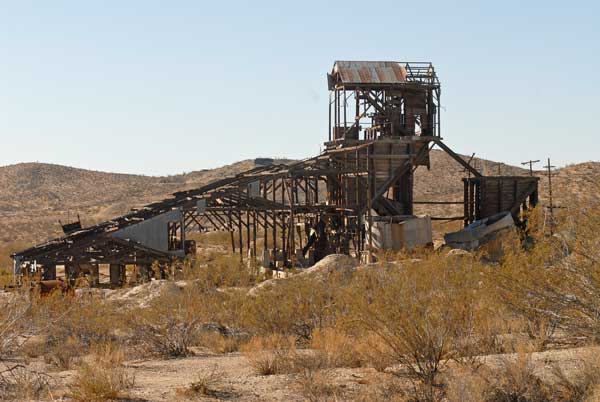 |
|
The California Rand (Big Silver) head frame is now
toppled (top photo) and the mill building is
merely a skeleton of its former self.
|
Mining activity, prohibition
and the Randsburg Railroad all eventually faded away. Today
Red Mountain is a small quiet community that bisected by
Highway 395.
Bibliography
Clarke,
Dwight L. The Big Silver California’s Greatest Silver
Mine. California Historical Society
Quarterly, Vol. 32, No. 1 (March, 1953).
Starry,
Roberta M. Exploring the Ghost Town Desert,
Los Angeles. The Ward Ritchie Press, 1973.
_______.
Gold Gamble. Woodland Hills, Calif. Engler
Publishing, 2003.
Wynn,
Marcia Rittenhouse. Desert Bonanza The Story of Early
Randsburg Mojave Desert Mining Camp.
Glendale. Arthur H. Clark Co., 1963.
Los Angeles Times
newspaper articles via Proquest.
Rand Desert Museum
http://www.randdesertmuseum.com/town_histories
|
|
|
|
|
|
|
|
DEATH in the Sky
B-2 Spirit bombers
with mission callsign of DEATH
fly over San
Fernando Valley
by Roger Vargo |
|
|
|
 |
|
|
| A
pair of B-2 "Spirit" bombers fly a holding pattern over the
northeast San Fernando Valley, January 2, 2012. One of the aircraft
made a flyover of the Rose Parade. Monitored radio communication
between the aircraft and air traffic controllers revealed the planes
were operating under the mission callsign of DEATH. |
|
|
|
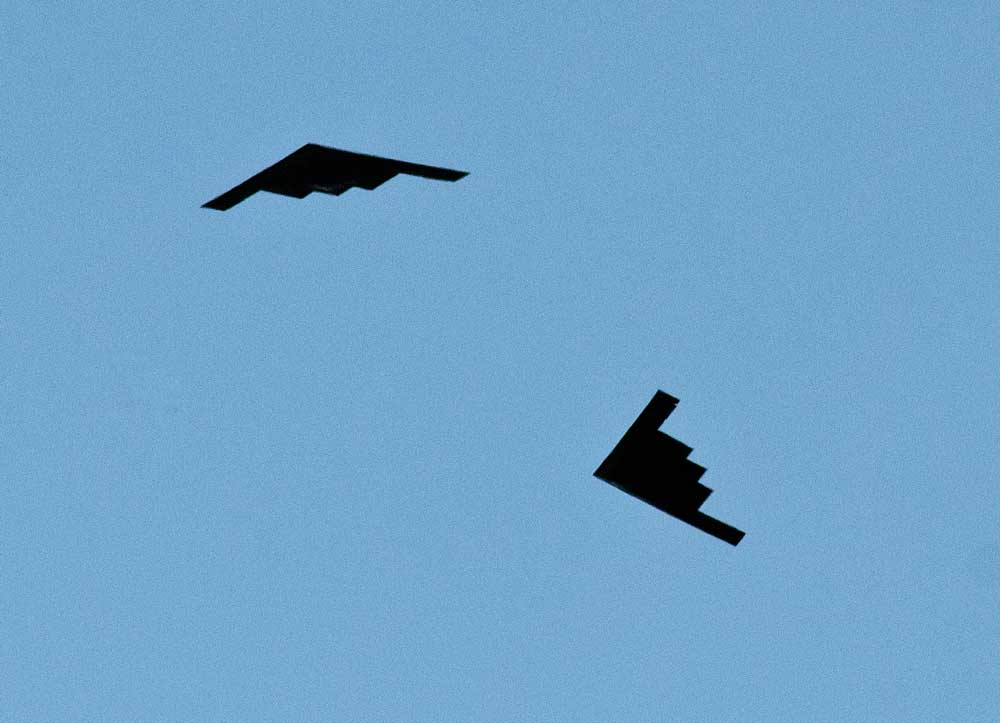 |
|
|
| All
B-2 bombers (except for one used for testing at Edwards AFB) are
assigned to the 509th Bomb Wing at Whiteman AFB near Kansas City,
Missouri. Present costs of the aircraft today are estimated to be in
excess of $2-billion, each. |
|
|
|
|
|
 |
|
DEATH 12 flies
a holding pattern before making a flyover the opening of the
Rose Bowl game in Pasadena, Calif. January 2, 2012. |
|
|
|
|
|
|
| |
|
|
|
|
|
|
| |
|
|
| |
|
|
|
|
|
|
|
|
